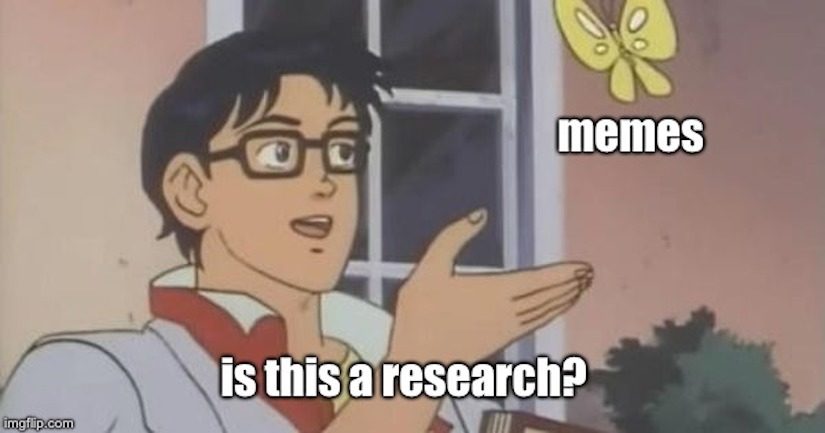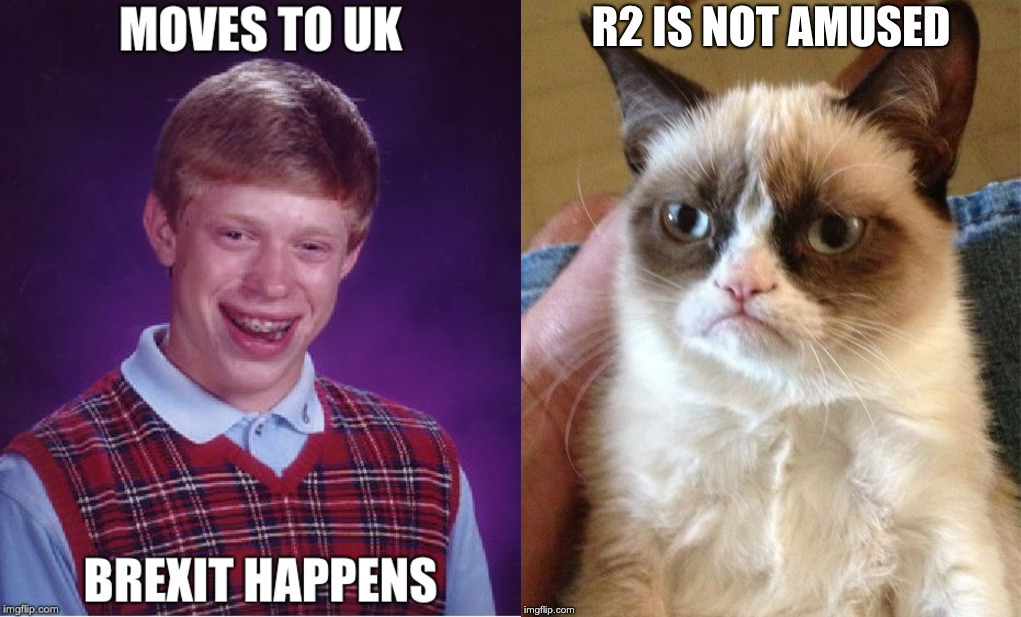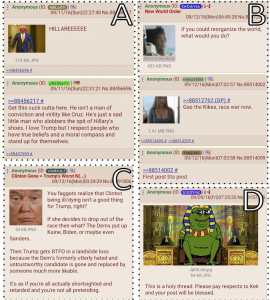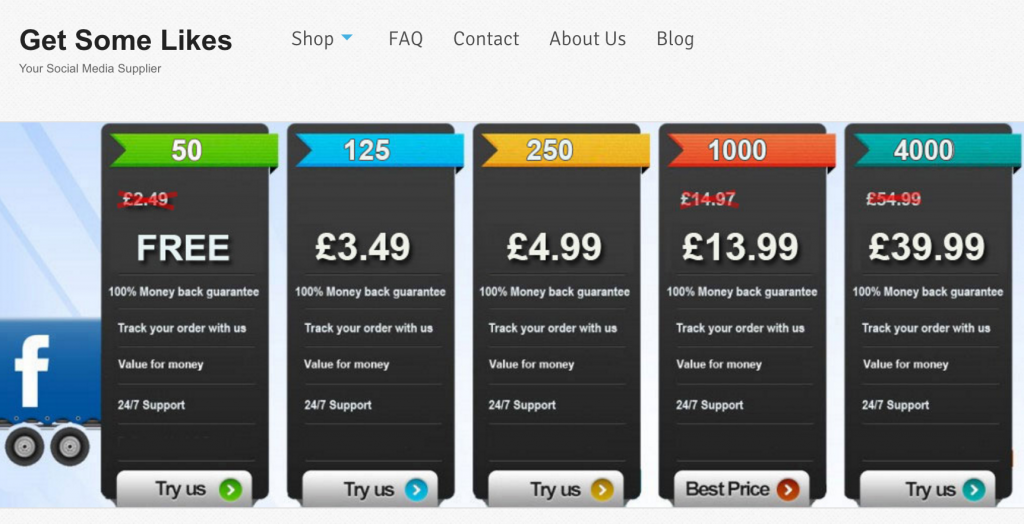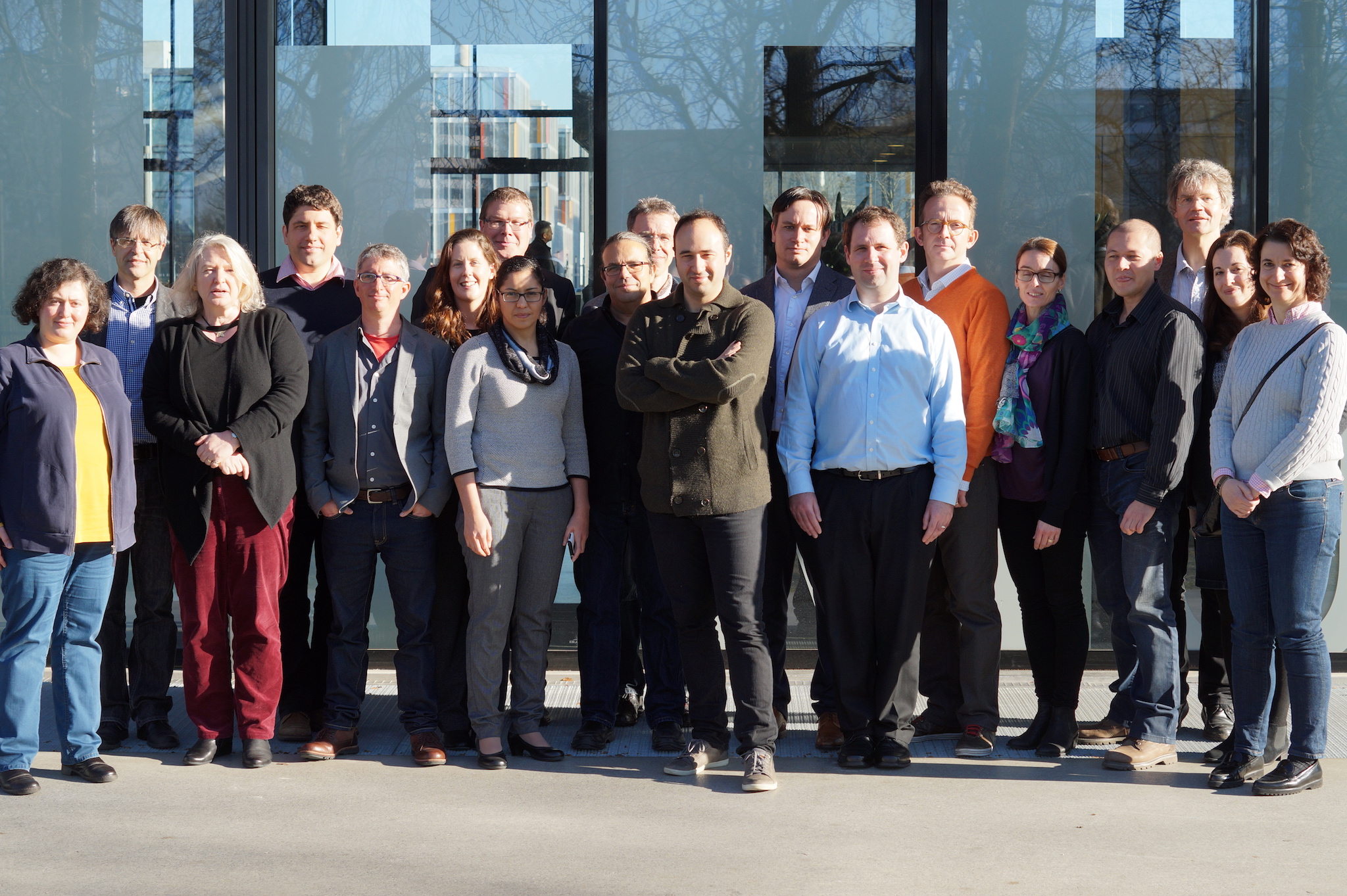Raise your hand if, over the past couple of years, you have not heard of whole genome sequencing (usually abbreviated as WGS), or at least read a sensational headline or two about how fast its costs are dropping. In a nutshell, WGS is used to determine an organism’s complete DNA sequence. But it is actually not the only way to analyze our DNA — in fact, genetic testing has been used in clinical settings for decades, e.g., to diagnose patients with known genetic conditions. Seven-time Wimbledon champion Pete Sampras is a beta-thalassemia carrier – a condition that affects the formation of beta-globin chains, ultimately leading to red blood cells not being formed correctly. Testing for thalassemia, usually triggered by family history or a blood test showing low mean corpuscular volume, is done with a number of simple in-vitro techniques.
The availability of affordable whole genome sequencing not only prompts new hopes toward the discovery and diagnosis of rare/unknown genetic conditions, but also enables researchers to better understand the relationship between the genome and predisposition to diseases, response to treatment, etc. Overall, progress makes it increasingly feasible to envision a not-so-distant future where individuals will undergo sequencing once, making their digitized genome easily available for doctors, clinicians, and third-parties. This would also allow us to use computational algorithms to analyze the genome as a whole, as opposed to expensive, slower, targeted in-vitro tests.
Along these lines is last week’s announcement by Prof. Dame Sally Davies, UK’s Chief Medical Officer, calling the NHS to deliver her “genomic dream” within five years, with whole genome sequencing becoming “as standard as blood tests and biopsies.” As detailed in her annual report, a large number of patients in the UK already undergo genetic testing at least once in their life, and for a wide range of reasons, including the aforementioned thalassemia diagnosis, screening for cancer predisposition triggered by high family incidence, or determining the best course of action in cancer treatment. So wouldn’t it make sense to sequence the genome once and keep the data available for life? My answer is yes, but with a number of bold and double underlined caveats.
The first one is with respect to the security concerns prompted by the need to store data of extreme sensitivity like genomic data. The genome obviously contains information about ethnic heritage and predisposition to diseases/conditions, possibly including mental disorders. Data breaches of sensitive information, including health and medical data, sadly happen on a daily basis. But certain security threats are actually specific to genomic data and much more worrisome. For instance, due to its hereditary nature, access to a genome essentially implies access to that of close relatives as well, including offspring, so one’s decision to publish/donate their genome is also being made for their siblings, kids/grandkids, etc. So sensitivity does not degrade over time, but persists long after a patient’s death. In fact, it might even increase, as new aspects of the genome are studied and discovered. As a consequence, Prof. Dame Davies’ dream could easily turn into a nightmare without adequate investments toward sound security measures, that involve both technical tools (such as upgrading of obsolete hardware) as well as education, awareness, and practices that do not simply shift burden onto clinicians and practitioners, but incorporate security in their design and not as an after-the-fact.
Another concern is with allowing researchers to use the genomic data collected by the NHS, along with medical history, for research purposes – e.g., to discover genetic mutations that are responsible for certain traits or diseases. This requires building a meaningful trust relationship between the NHS/Government and patients, which cannot happen without healing the wounds from recent incidents like the care.data debacle or Google DeepMind’s use of personal NHS records. Instead, the annual report seems to include security/anonymity promises we cannot realistically maintain, while, worse yet, promoting a rhetoric of greater good trumping privacy concerns, as well as seemingly pushing a choice between donating data and access to the best care. It is misleading to use terms like “de-identification” of genomic data as an effective protection tool, while proper anonymization is inherently impossible due to its peculiar combination of unique and hereditary features, as demonstrated by a wide array of scientific results. Rather, we should make it clear that data can never be fully anonymized, or protected with 100% guarantees.
Overall, I believe that patients should not be automatically enrolled in sequencing programs. Even if they are given an option to later withdraw, once the data is out there it is impossible to delete all copies of it. Rather, patients should voluntarily decide to join through an effective informed consent mechanism. This proves to be challenging against a background in which information that can be extracted/inferred from genomes may rapidly change: what if in the future a new mutation responsible for early on-set Alzheimer’s is discovered? What if the NHS is privatized? Encouraging results with respect to education and informed consent, however, do exist. For instance, the Personal Genome Project is a good example of effective strategies to help volunteers understand the risks and could be used to inform future NHS-run sequencing programs.
An edited version of this article was originally published on the BMJ.
